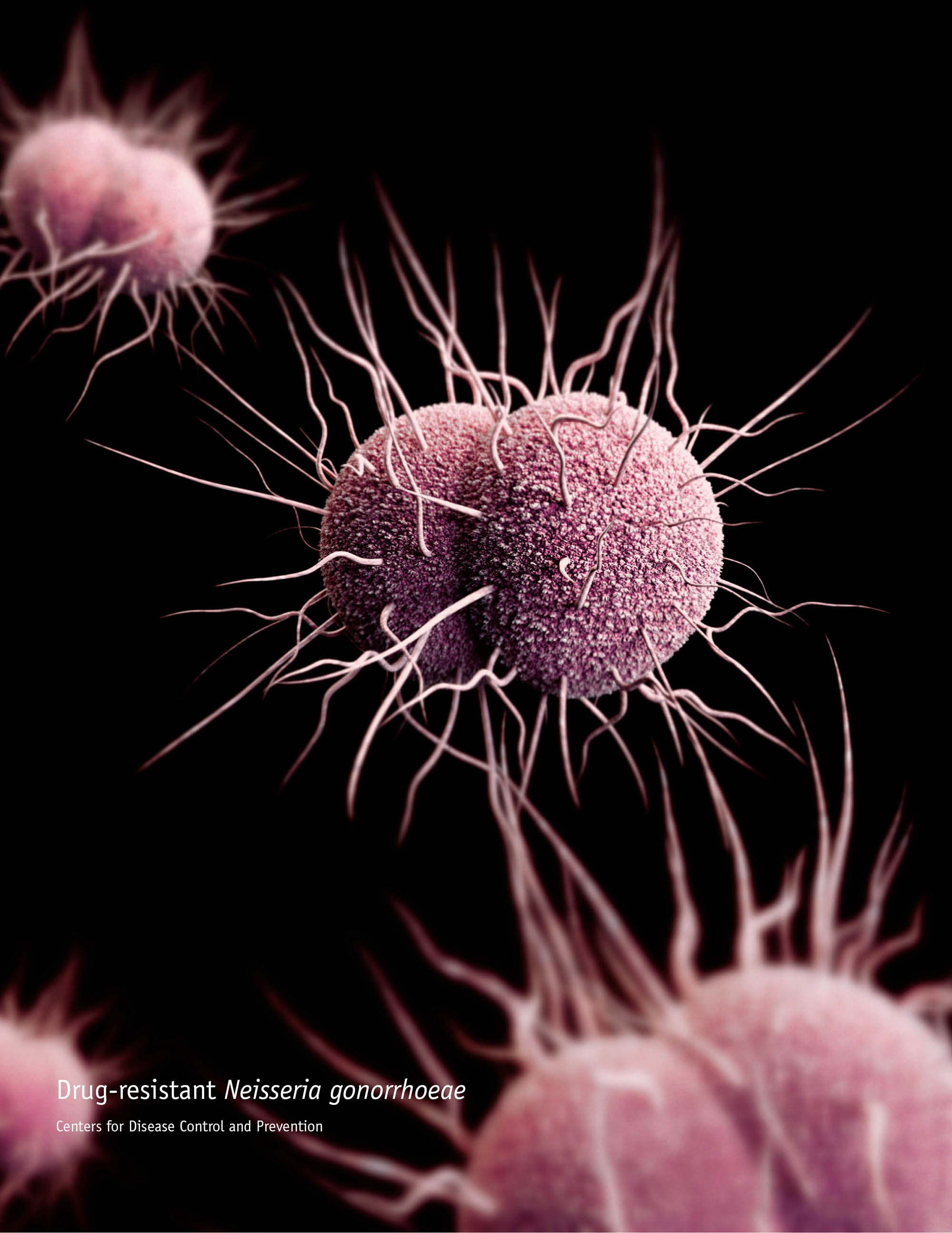Canada finds case of ceftriaxone-resistant gonorrhea
Click Here to Manage Email Alerts

A patient in Canada was diagnosed this year with a gonorrhea infection that was resistant to ceftriaxone, one the last available treatments for the increasingly drug-resistant STD.
Ceftriaxone is one of only two drugs recommended by WHO and the CDC to treat gonorrhea, the other being azithromycin. The same dual therapy is recommended in Canada.
Many countries have seen resistance to both drugs, leading to warnings about the emergence of potentially untreatable gonorrhea. In Seattle, enough gonorrhea infections have demonstrated reduced susceptibility to azithromycin that researchers have wondered if it should remain a recommended treatment.
According to Brigitte Lefebvre, PhD, of the National Institute of Public Health of Quebec, and colleagues, the Canadian case was only the sixth ceftriaxone-resistant Neisseria gonorrhoeae isolate reported in the world as of Oct. 15. It was the first such case reported in North America.
Writing in Emerging Infectious Diseases, Lefebvre and colleagues said the patient, a woman aged 23 years, was asymptomatic when she tested positive for gonorrhea during an STD screening on Jan. 17. Seven days later, she was prescribed cefixime and azithromycin during a follow-up visit to an STD clinic.
A culture performed during the follow-up visit showed the infection was resistant to ceftriaxone and cefixime but susceptible to azithromycin, according to Lefebvre and colleagues. The patient tested negative for gonorrhea 2 weeks later, indicating that treatment with cefixime and azithromycin worked, they said.
The patient’s two most recent sexual partners — including one who reported unprotected sexual activity during a trip to China and Thailand just before the relationship — each tested negative for gonorrhea. Genetic testing of the woman’s infection showed it was identical to a ceftriaxone- and multidrug-resistant isolate from Japan, suggesting that it spread from Asia, Lefebvre and colleagues said.
“Antimicrobial susceptibility surveillance successfully identified this novel isolate introduced into Canada and prompted public health officials to rapidly conduct an investigation to prevent further spread in the community,” they wrote. “In an era of multidrug-resistant gonorrhea, ongoing antimicrobial susceptibility surveillance of N. gonorrhoeae is critical to support treatment guidelines, public health intervention and protection.” - by Gerard Gallagher
Disclosure: The authors report no relevant financial disclosures.

